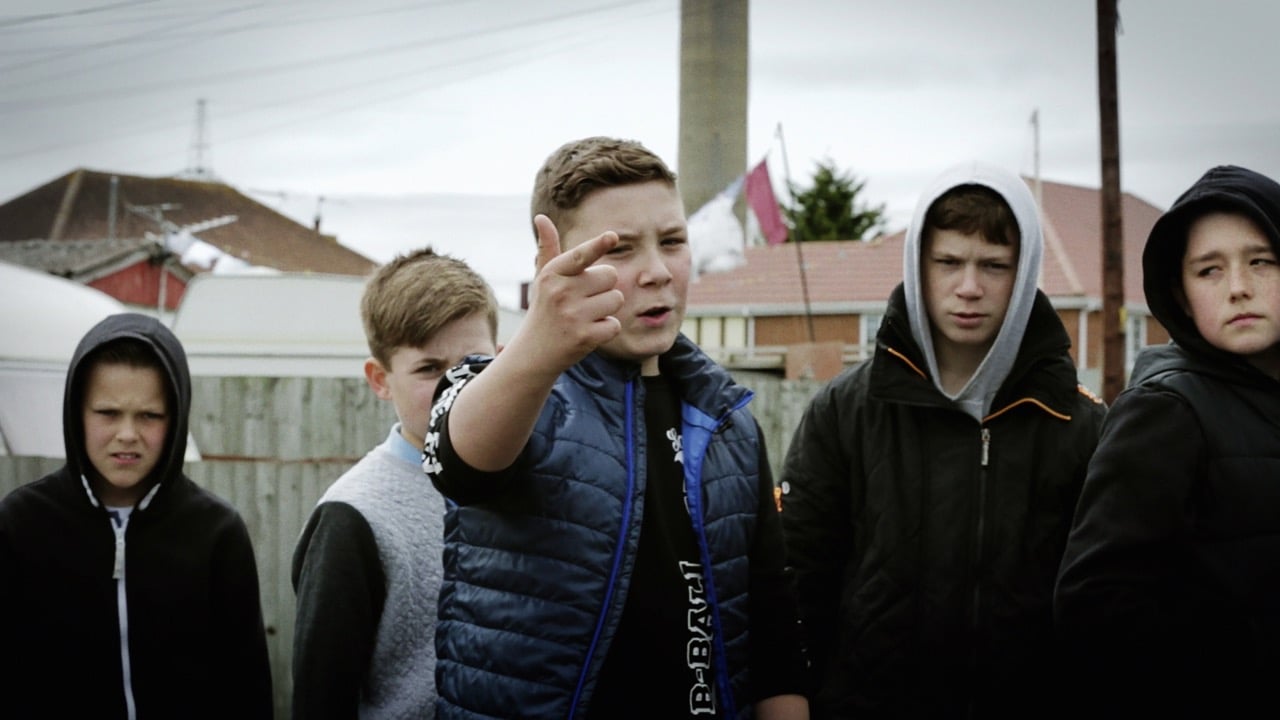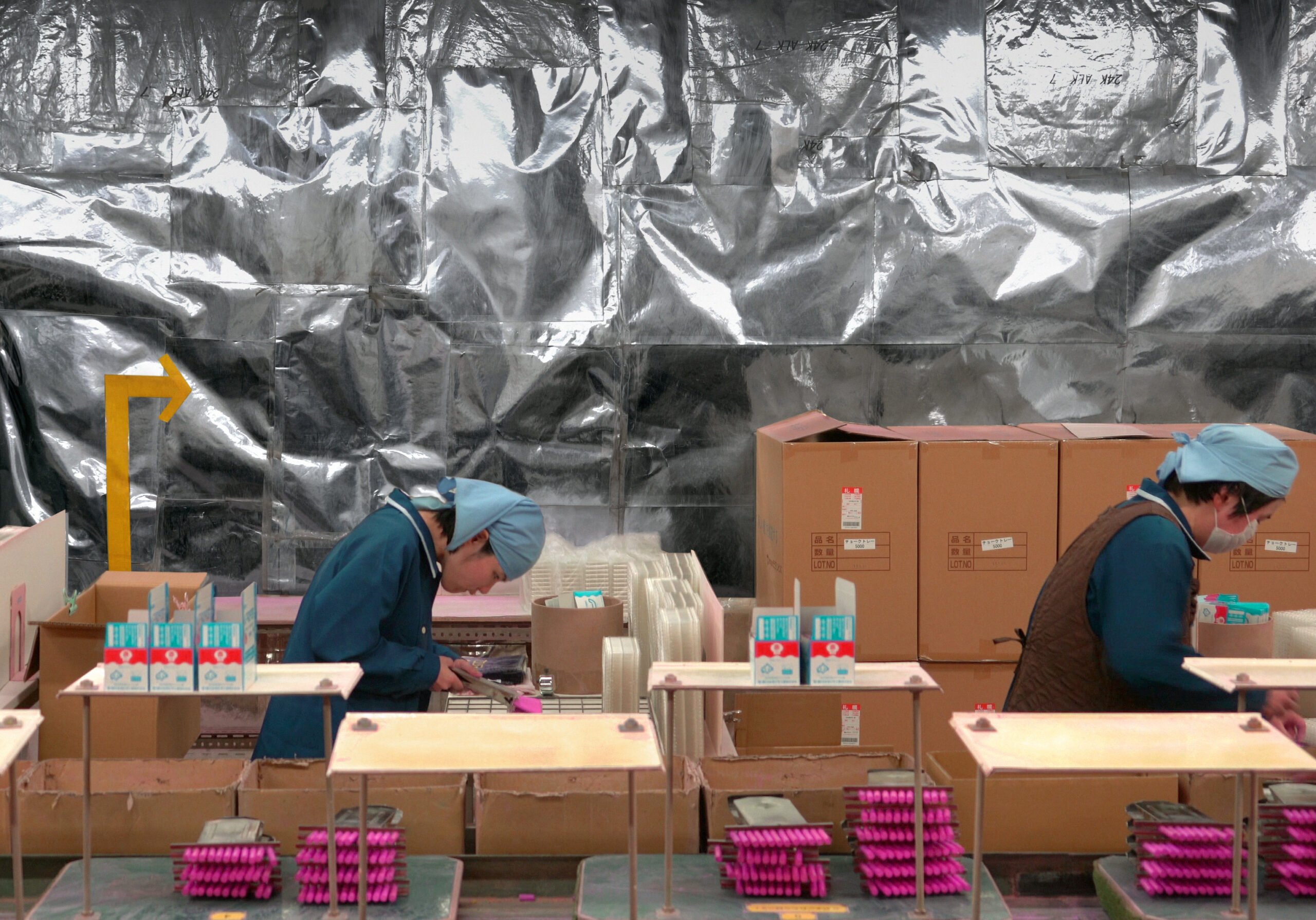[O]ur feeling for reality depends utterly upon appearance and therefore upon the existence of a public realm.[1] — Hannah Arendt
Mikhail Karikis sculpts human voices and projects dignity upon them. What is a sculpture that has no tangible form but is perceived by hearing? What does Karikis sense in a human voice, and not in the individual’s language? “I often find language untrustworthy. Language and words can mask, whereas the voice itself – its volume, texture, and intimation – functions as an emotional barometer. It reveals the emotional world of the person, making an X-ray, and I can access the physical wellbeing and emotional situation when I hear a person’s voice.”[2] — This is a gift given to Karikis.
The significance of Karikis’ approach to his artmaking has been heightened since the surge of the novel coronavirus infection as a global pandemic, which revealed the vulnerability and inequality of the world’s social structures beyond the health crisis of the disease itself. Government measures across the world have dramatically stifled economic activities, and deprived many citizens of the source of their income, while healthcare and other critical workers continue with constant risk of infection. The partial suspension of social activities uncovered its underlying mechanism of circulation and the closure of national borders revealed the extent our daily lives relied on the mobility of people and goods that expanded globally. This situation brought to light the destitution of individual lives that were sustained in a fine balance, even during ordinary times, as well as human nature to voice amassing resentment – previously contained by the power of rationality. Faced with this unprecedented reality, how might it be possible for individuals to rethink our relationships with the state and society, and restore dignity? How can we move toward a more sustainable society? To gain corresponding insights with Karikis’ works, this essay will focus on ‘Sounds from Beneath’ (2011–12), ‘Ain’t Got No Fear’ (2016) and ‘The Chalk Factory‘ (2017), exhibited at the Mori Art Museum, Tokyo, in 2019.
In her major work, ‘The Human Condition’ (1958), the philosopher Hanna Arendt (1906–1975) delves into the relations between private and public realms. In ancient Greece, this dynamic was further distinguished between polis (city) and oikos (family): polis as a public domain where each person was treated equally within its framework, and oikos as a domestic domain, but unequal and patriarchal since it was ruled by the head of the household. “In the modern world, the two realms indeed constantly flow into each other like waves in the never-resting stream of the life process itself.”[3]— She claims, “the collective of families economically organized into the facsimile of one super-human family is what we call ‘society,’ and its political form of organization is called ‘nation.’”[4]— Arendt, born in Germany, fled to France when the Nazis attained power in 1933, and was imprisoned in a concentration camp before she exiled herself to the United States in 1941. It was in 1958 when she published ‘The Human Condition’. Away from her homeland, Arendt remained stateless for 18 years and continued to think about the connection between the group and the individual.
Describing the notion of ‘public’, Arendt states that “even the greatest forces of intimate life – the passions of the heart, the thoughts of the mind, the delights of the senses – lead an uncertain, shadowy kind of existence unless and until they are transformed, derivatized and deindividualized, as it were, into a shape to fit them for public appearance”, and that this transformation “occurs […] in artistic transposition of individual experiences”.[5]— Even if this transformation does not take the form of art, it is by sharing the inner self with others that individuals attain a sense of reality about themselves and the world.
Mikhail Karikis is from Greece, where Arendt’s discussions originate. Growing up in surroundings rich with a history of thought, art, and myths, he believes, “it is an ethical responsibility for art and artists who deal with vision, to draw out the invisible of the public domain into the visible realm, and for it to re-emerge in this world”. Rather than ‘deindividualizing’ his own private realm, Karikis’ gaze is drawn toward stories of others less visible in the public realm. How were such values nurtured? Both of Karikis’ parents were artisans of shoemaking, textiles, and embroidery, and their sense of responsibility for their work and attitude towards challenges fostered a respect for image-making professionals. However, it was a story told by his school teacher, he says, that began to form his activist approach towards society. As Arendt noted, personal experience can be transformed into a public appearance through the act of storytelling, and the story of a school teacher arrested and tortured under the Greek Military Regime of dictatorship during the late 1960s and the 1970s was passed onto Karikis. He became increasingly aware of disparities in society and began to question social justice and equality as he interacted with others in the world, and was attracted to influential musicians and artists including actress Melina Mercouri (1920–1994). Karikis himself chose to live as an artist and became very conscious about the responsibilities involved, including contributions he should make to art itself.
In all three films exhibited for “MAM SCREEN010”[6]— at the Mori Art Museum, the human voice is maintained as a currency throughout the works, proving Karikis’ consistent awareness of people whose visibility in the public realm is only subtly acknowledged. His first video work, ‘Sounds from Beneath’ (2011–12), unfolds as a choir of retired coal miners singing in a coal field in Kent, South East England. Through their own voices, the miners express various sounds they heard as they worked – underground explosions, clanking noises of mining machines at the coalface, screaming shrills of alarms, and scrapes of shovels piercing the ground. Their voices and their figures – seemingly aligned with the picket line – embody sorrow, nostalgia, and pride. The work also conjures coal miners as a symbol of strong masculinity at the heart of the energy revolution in the nineteenth century, and associative histories of labour movements. In fact, after researching the history of the area, Karikis saw remnants of coal mines from the 1970s and 80s, such as abandoned industrial structures and huge parking lots. He searched for people who actually worked there, and came in contact with the choir of retired coal miners. During the 1980s, the defeat of the miners’ labour union came about after massive strikes through neoliberal reforms instituted by Thatcher’s administration – advancing industrial rationalization. The work encompasses the lives of individuals careened in the tumultuous waves of social conflict such as the global energy revolution and political reforms, leading to the industrial decline and a late phase of their lives journeys. The voices of the men in the chorus resound as a projection of their souls.

‘Ain’t Got No Fear’, Mikhail Karikis, 2016
Creating artwork out of other people’s stories raises ethical questions. How can an artist – who is not the central subject of concern – investigate an unfamiliar land and represent the subject’s voice? Karikis says he became aware of this question through sensitivity to people’s emotions in various films. This also applies to the making process of his film which features children as its protagonists. ‘Children of Unquiet’ (2014) is staged in Tuscany, Italy, and transforms a depopulated village, due to the automation of geothermal power plants, into a site of self-learning and a playground for forty-five children. Karikis’ research for this work began in 2012. The parents wished for their children to live elsewhere in the future, and when the children – ages 5 to 12 – were asked the same question, only one wanted to remain in the village. Karikis asked himself who was deciding the children’s narrative about their future, how firm their minds were on the decision, or whether it was their parents who led the narrative, and who formed the parents’ narrative. What emerged was a societal structure impressed upon the minds of the children. Through his work, Karikis let the children think for themselves and speak in their own words, in order to extract the inner voice of their souls. The artist’s subsequent work, ‘Ain’t Got No Fear’ (2016), is set in the marshland of the Isle of Grain in South East England – a region that once flourished from heavy industries. In this desolate, post-industrial village, Karikis asked resident boys, aged eleven to thirteen, to choose a location for the shoot and write lyrics to a rap song. The camera pans along deserted streets and woods used as the children’s secret bases and open playground as they sing their own words, imagining the future of the region and themselves, with the beat of explosive noises of a power plant demolition.

‘The Chalk Factory’, Mikhail Karikis, 2017.
‘The Chalk Factory’ (2017) was filmed at Nihon Rikagaku Industry Co., Ltd., a company that has employed people with disabilities since 1959, and is presented as an installation of 12 audio channels and 10 screens. 60 years ago, two young people with disabilities were invited by the company as short-term trainees, and on the last day of training, company employees communally asked for the trainees to be officially employed. Now, nearly 75% of the company’s employees identify as disabled. Karikis was inspired by this history. In addition to the sounds of chimes and chalk-making machines that give order to the factory’s daily life, the work incorporates murmurs, halting utterances, and karaoke singing in the workplace to create a soundscape. Karaoke singers are especially filled with joy. “We are surrounded by people who can, cannot, and do not speak,” says Karikis, and presents a utopian worldview in which different people of different talents live together. Chalk, regularly extruded from machines, splatters powder of vivid yellow and pink colours across the floor, and occupies the screen like an abstract expressionist painting which affirms the visual strength of the whole work.
Retired elderly, children, people with disabilities – those whose voices are otherwise drowned out by louder ones in society – become the protagonists of Karikis’ films, and the emotions expressed in their voices create a depth within the works. Despite having a social science point of view, Karikis’ focus on filmmaking does not rest on an objective perspective of society, but on a range of individual stories. The artist carves invisible shapes out of material – individual sounds expressing “the passions of the heart, the thoughts of the mind, the delights of the senses”, and brings them into public realms such as museums and biennales to deindividualize their experiences. The new world that the pandemic has brought to us points to the limitations of the human and economy-centred growth models. Rather than trying to take control of the world, we should look back at the areas under our feet and aim to create a society in which all life is sound. Humans will also be required to listen to the voices of nature, and themselves as part of it. At this critical point in time, the work of Mikhail Karikis reminds us to listen to voices so often unheard, and as Arendt did, to continue to think about them.
Translated from Japanese by Koichiro Osaka
[1] Hannah Arendt, The Human Condition, Chicago: University of Chicago Press, 1958, p. 51 (‘II The Public and the Private Realm’)
[2] Interview by the author, 23 July, 2020. All quotes hereafter from the same interview unless otherwise noted.
[3] Hannah Arendt, The Human Condition, Chicago: University of Chicago Press, 1958, p.53
[4] ibid., p. 29
[5] ibid., p. 50
[6] https://www.mori.art.museum/en/exhibitions/mamscreen010/
Kataoka Mami joined the Mori Art Museum in 2003, taking on the role of Director in 2020. Beyond Tokyo, Kataoka has held positions at the Hayward Gallery in London, where from 2007–09 she was the institution’s first International Curator; she has also acted as Co-Artistic Director for the 9th Gwangju Biennale (2012), Artistic Director for the 21st Biennale of Sydney (2018) and is currently Artistic Director for the Aichi Triennale 2022. Kataoka has been serving as a Board Member of CIMAM [International Committee for Museums and Collections of Modern Art] (2014-) and currently the President of CIMAM.






